Landscape Painting Tutorial: Richard McKinley takes us through a step-by-step lesson on painting with pastel over a watercolor underpainting.
By Richard McKinley
I have visited this location many times. Because it’s so familiar to me, I feel comfortable being especially expressive. Just getting it right is no longer the goal.
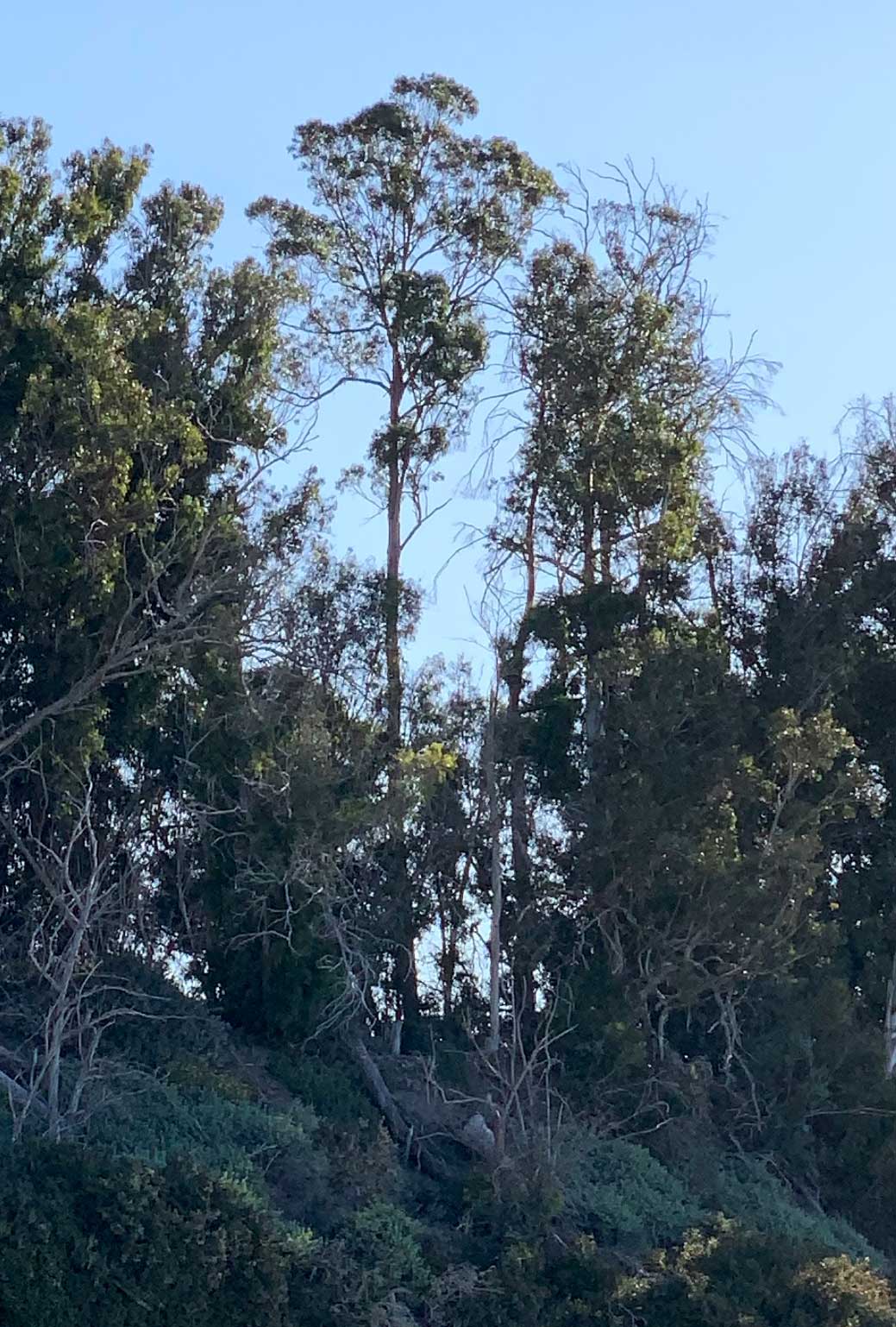
***
Step 1
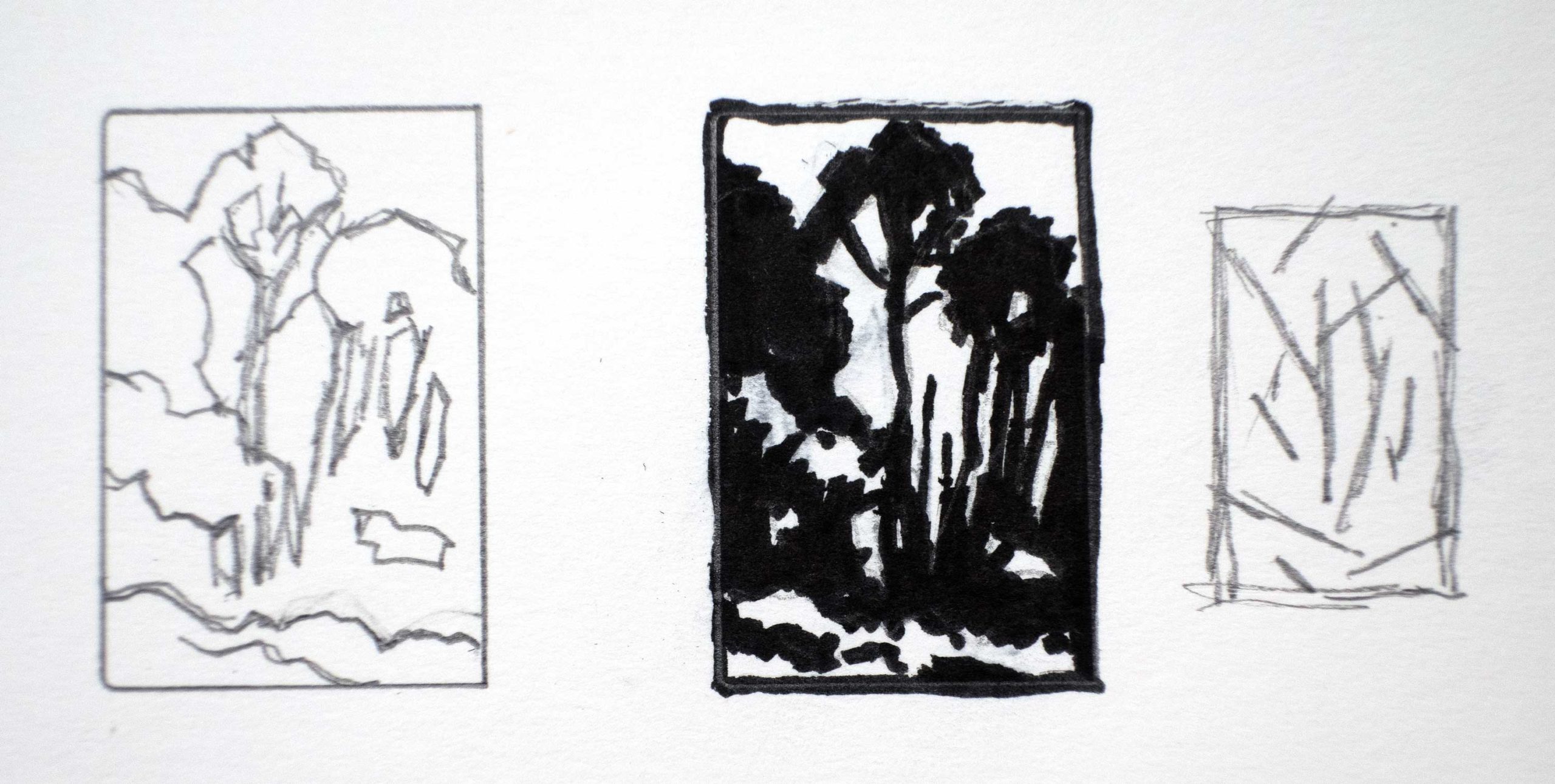
Before jumping into playing with color, it is best to work out the composition in terms of major shape placement, value masses, and movement. To do so, I make three sketches.
The first is a small pencil drawing that breaks down the scene into a few large shapes. The second, often referred to as a notan, is done with a black marker to assign the shapes to either the lighter or darker side of the value scale. The third represents simple gestural marks indicating the movement of the shapes and values.
If any of these sketches feels awkward, I make adjustments before beginning the painting.
***
Step 2
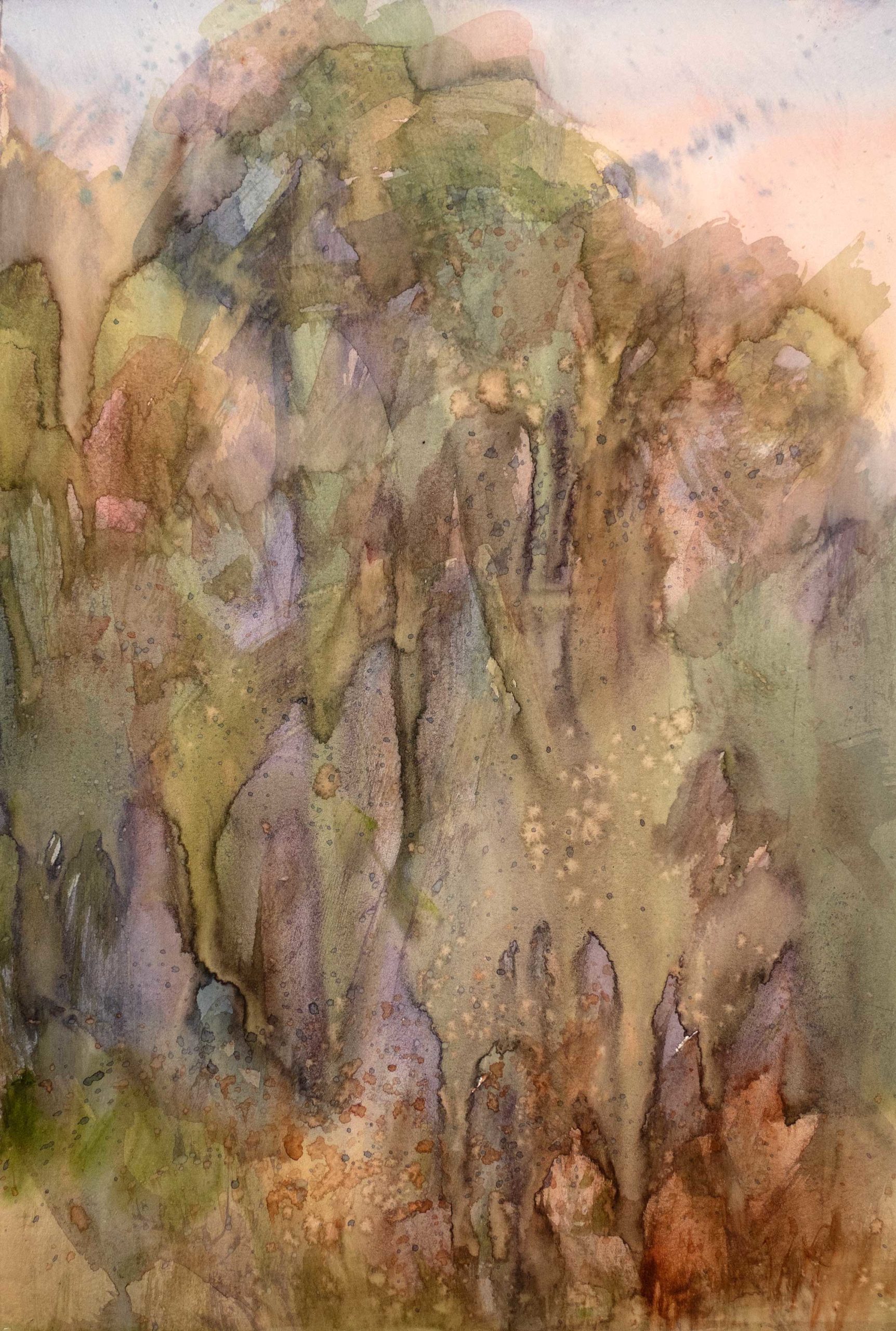
I apply a spontaneous, wet application of watercolor to my surface as a setup for the application of pastel. I manipulate value, color temperature, and texture to help unify the underpainting. I prefer to be as abstract as possible, realizing that I can always clarify the scene when I apply pastel.
My advice at this stage is to play and allow intuition to govern what happens. Don’t be too precious about the underpainting. Rules can be thrown out, opening the door to creative possibilities. Remind yourself that this is not the finished painting.
Tip: It is wise to test how a surface will respond to water, or any fluid, before committing to a wet underpainting. Experiment first in the studio, then take the technique outside.
***
Step 3
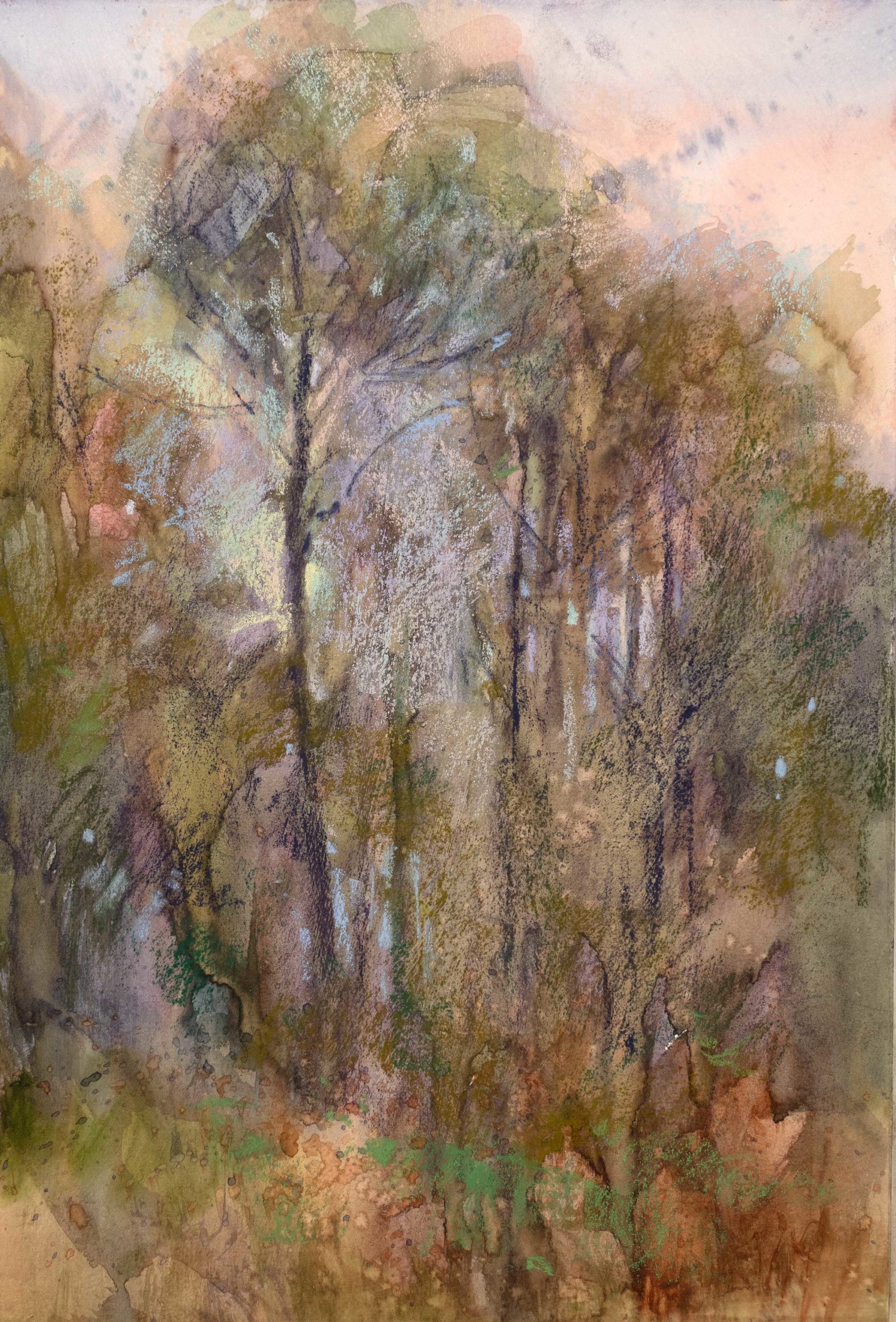
Once the underpainting dries, which generally happens before I finish putting my watercolor palette away, it is time to begin the application of pastel.
Following an old opaque painting mantra – dark to light, thin to thick, dull to bright, soft to sharp – I apply pastel.
Instead of finishing one section and moving on, I prefer to allow the gradual evolution of the entire painting. It is akin to looking through a lens and gradually bringing the painting into focus. Since pastel doesn’t require drying time, I can go at my own pace. I don’t think about what I’m painting. Instead, I concentrate on puzzle pieces – a shape of dark, a shape of light, a bit warmer, a bit cooler, and so it goes.
***
Final Step of the Landscape Painting Tutorial
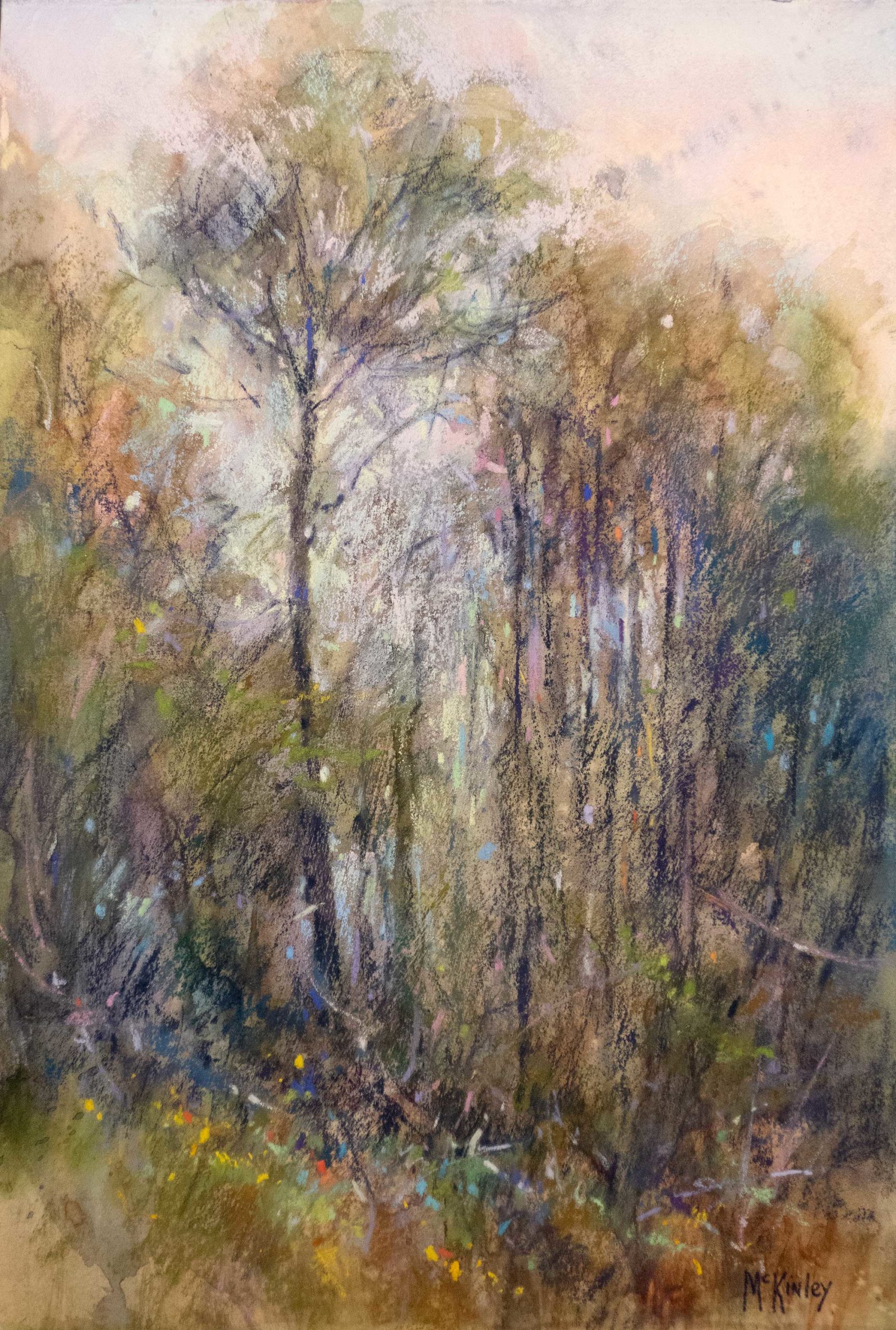
As the painting evolves, it is imperative to be objective. A strong idea of what the final outcome should be can cloud the ability to listen to what the painting could be.
Compromise is key – not in the structural integrity of the painting, but to what your expectations may be. To make sure I’m listening to the painting, I often step back from the easel, close my eyes, and quit looking at the scene. Letting go of the elusive “finished” is not easy.
As Leonardo da Vinci is quoted as saying, ”Art is never finished, only abandoned!” I force myself to put it away, start another painting, and look at it again tomorrow. It is amazing how different it will look. If adjustments need to be made, I’m economical. If the piece isn’t worth saving, I focus on what I learned. This is what fosters intuition.
Connect with Richard McKinley: mckinleystudio.com
Visit EricRhoads.com to find out all the amazing opportunities for artists through Streamline Publishing, including:
– Online art conferences such as Plein Air Live
– New video workshops for artists
– Incredible art retreats
– Educational and fun art conventions, and much more.
> Subscribe to Plein Air Today, a free newsletter for artists
> Subscribe to PleinAir Magazine so you never miss an issue





Like many underpaintings I see from good artists, I find the underpainting so much more interesting and exciting than the “finished project.” I think that the sense of freedom and spontaneity, maybe therefore the mysteries, are lost beyond the underpainting. The finished painting looks more calculated, although more representational if the viewer prefers. In a curious way, I think the underpainting appears more organic; more related to the living “thing.”